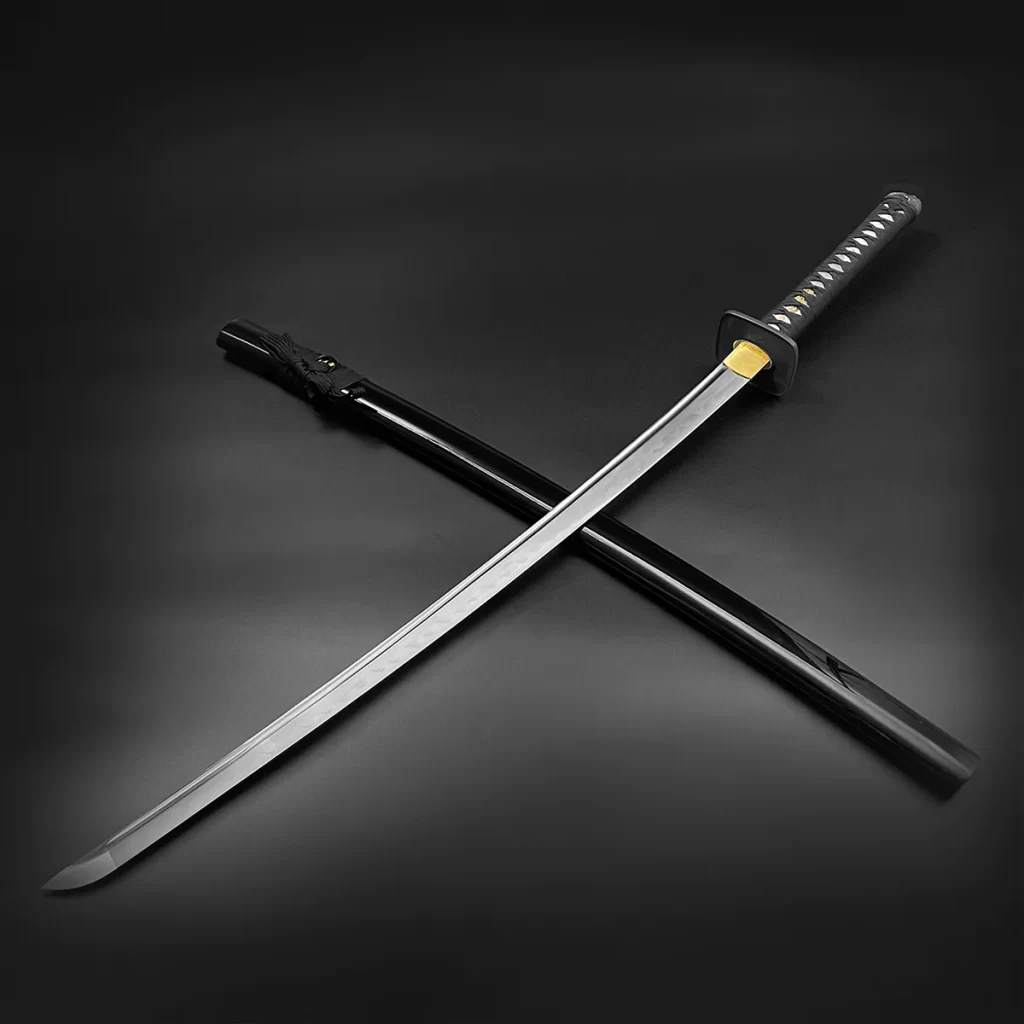Really focusing on and keeping a katana isn’t just about protecting a weapon; it’s tied in with regarding a piece of history and craftsmanship. Whether you’re a collector, a practitioner, or just an enthusiast, taking good care of your katana will ensure that it lasts for many years to come. The japanese sword is renowned for their craftsmanship, hold cultural significance and embody centuries of traditional sword-making expertise.
Right off the bat, stockpiling is basic. A katana should be kept dry, away from direct sunlight and temperature fluctuations. Preferably, it ought to be put away in a uniquely planned sword pack or rack to forestall dust development and limit the gamble of coincidental harm.
Customary cleaning is fundamental. After each utilization, wipe the cutting edge with a delicate, build up free material to eliminate any fingerprints, dampness, or flotsam and jetsam. Utilize a combination of water and a gentle cleanser to delicately clean the edge if important. Stay away from cruel synthetics or grating materials that could harm the sharp edge’s surface.

Keeping up with the katana’s sharpness is imperative for its usefulness and tasteful allure. Using traditional Japanese water stones, a skilled professional should perform regular sharpening, or “polishing.” This keeps the cutting edge sharp as well as eliminates any scratches or blemishes, reestablishing its perfect appearance.
The cutting edge ought to be intermittently oiled to forestall rust and erosion. Utilize an excellent sword oil applied sparingly along the length of the cutting edge. Clear off any abundance oil to try not to draw in residue or soil. This straightforward yet crucial action ensures that the katana retains its luster and helps maintain the steel’s integrity.
Handle and fittings likewise require consideration. Review the tsuka (handle) consistently for any indications of wear or releasing. If fundamental, rewrap the handle utilizing conventional techniques or look for proficient help. Actually take a look at the fittings, for example, the tsuba (monitor) and menuki (decorations), guaranteeing they are secure and liberated from harm.
Last but not least, consider the katana to be more than just a weapon or work of art. Comprehend social importance and the craftsmanship went into its creation. You will be honoring its legacy and ensuring that it will continue to be a prized possession for future generations if you take care of and maintain your katana with reverence and diligence. The japanese sword, a symbol of the samurai, boasts a curved blade and precise balance, reflecting meticulous design.

